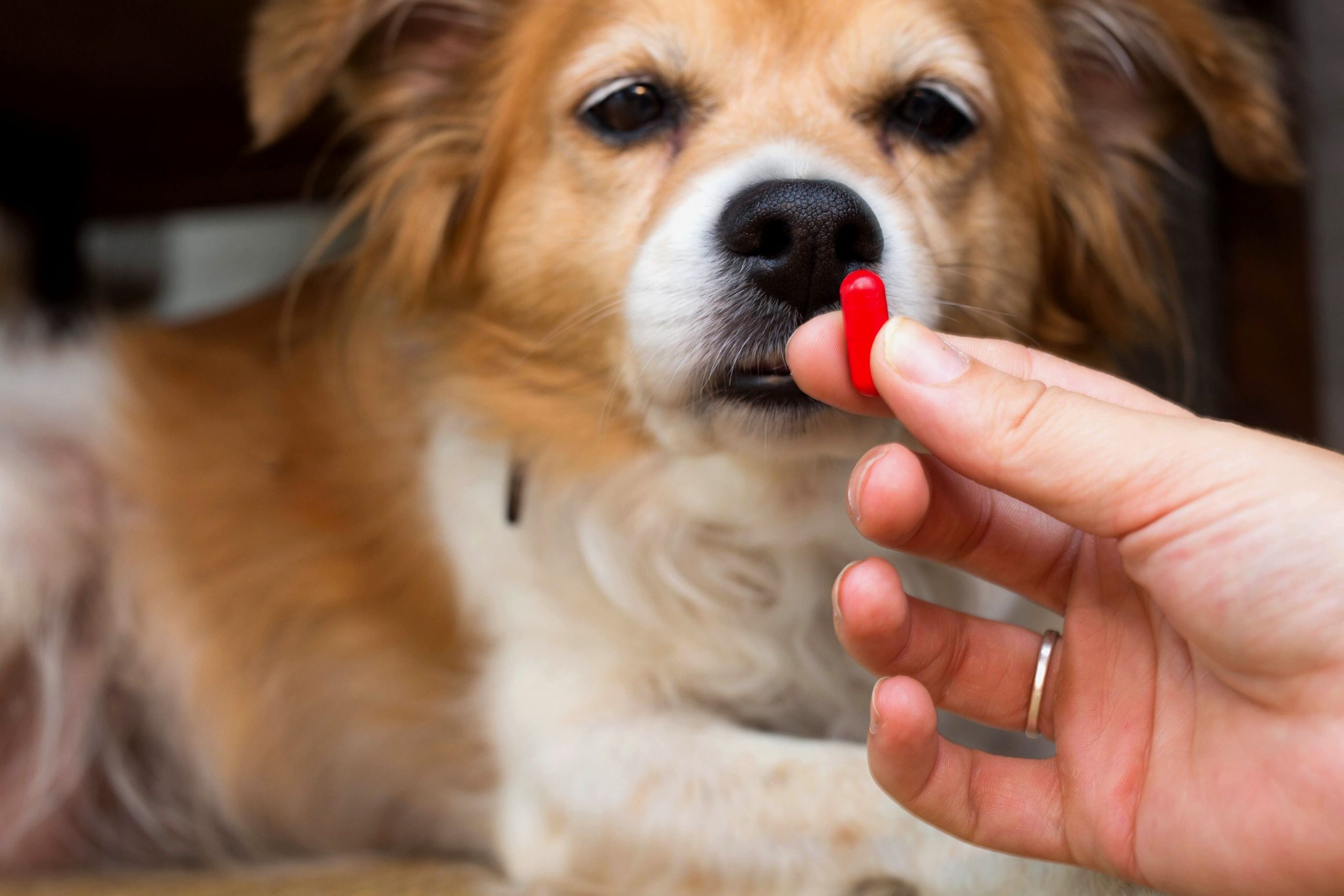A Spoonful of Sugar? Giving Your Pet Medication

Once you leave Beverly Hills Veterinary Associates with your pet, often you will have prescribed treatments and medications to administer. Our veterinarians depend on your loving aftercare to help finish what we started in the quest to get your pet feeling better.
Giving your pet medication can be a little tricky, but with a little knowledge and a few secrets, you’ll be an expert in no time at all.
Setting Yourself Up For Success
When it comes to giving your pet medication, half the battle is just knowing what you need to accomplish.
Be sure to listen to and read directions carefully so that you know what you need to do.
Don’t hesitate to ask us if you are not sure:
- When to give the next dose
- How often to give the medication
- If you can or should give the medication with food
- How to measure the correct dose of the medication
- If the medication should be taken orally or if it is to be placed in the eyes, ears, skin, etc.
- If you can split or crush the medication
- How the medication should be stored
- If the medication will need to be refilled
It is often important to give the medication as prescribed and to finish the course completely. This is especially important for pain medications and antibiotics.
A pill case or dosing log can be helpful in preventing missed doses. If you do miss a dose, don’t double up, but rather continue on the original dosing schedule as normal. Don’t increase your pet’s medication without guidance.
If you are having trouble administering the medication, or if your pet does not seem to be tolerating it well, please contact us. We may have alternatives or suggestions to help you.
Giving Your Pet Medication Orally
Most medications prescribed to pets are oral, in the form of liquid, tablets, or capsules. Some pets very easily take these medications mixed in something tasty like cheese, peanut butter, or canned food. Others, though, are not so easy.
Giving your pet medication orally can be a little tricky sometimes. Certainly try to get them to take it voluntarily. Some tricks to try include:
- Use small amount of a very tempting treat—too much makes it easy for your pet to pick through
- Try commercial treats designed for easy for pill administration
- Administer the medication quickly before your pet has time to think about it
- Don’t allow your pet to see you preparing the medication
- Give three treats in quick succession—the first plain, the second hiding the medication, and the third as a quick distraction
- Give small amounts of the same special treat at other times to decrease suspicion
Sometimes, though, for reliable administration, pets will need to be manually medicated. You may need to give your dog liquid via syringe or a pill by opening the mouth. Cats may be given oral medications in a similar manner.
Other Types of Medications
Sometimes other medications must be administered. These might include eye medications, ear medications for an ear problem, or topical skin medications.
Often the key to success is rewarding your pet after each medication session for a job well done! Pick a special treat and be consistent with giving it. Positive reinforcement training is very effective.
For administering eye medications, it often works best to work from behind your pet using one hand to support the chin and the other to steady the bottle over the eye.
When administering ear medications go slow and be gentle. Many times if pets are resistant to this, they are painful or anticipating pain. Be sure to handle your pet’s ears when there is not anything actively causing them discomfort to build confidence.
You are key in helping your pet to get better when something is wrong. Giving your pet medication that has been prescribed is integral to the process. Please let us know if you are having trouble or don’t understand something. We are rooting for you and your four-legged companion.
